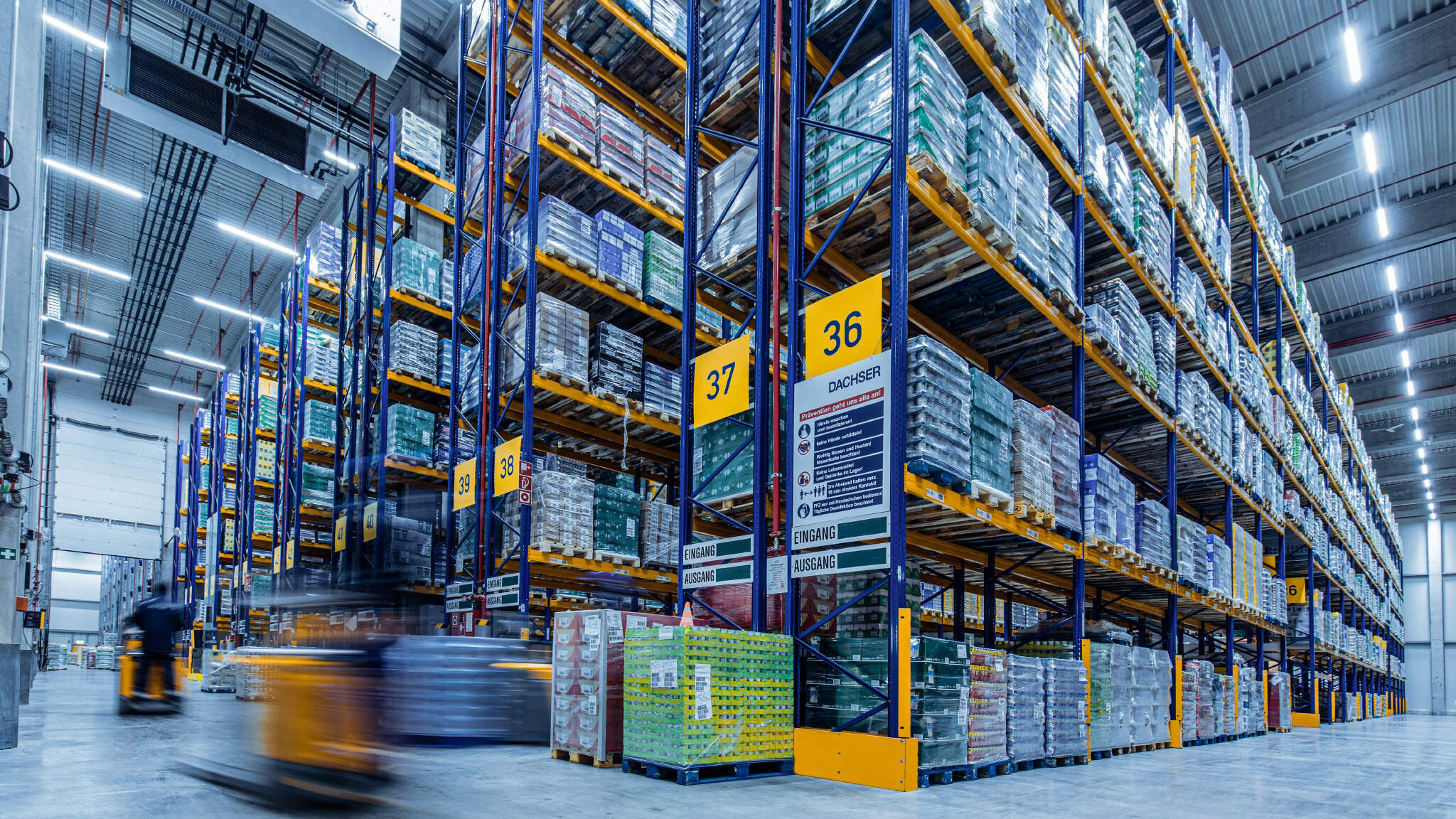Ready to turn insight into action?
We help organisations transform ideas into measurable results with strategies that work in the real world. Let’s talk about how we can solve your most complex supply chain challenges.

Great consultants deliver transformative, sustainable, and lasting change by combining deep industry knowledge with innovative strategies to drive continuous improvement and competitive advantage.
Interviewer: Welcome, Shanaka Jayasinghe. As a leader in consulting with extensive experience, we're eager to understand the role of external consultants in helping Australian business executives and government officials make strategic decisions. In particular, how they contribute to designing and developing business cases for organisations stepping into new ventures or transformations.
Shanaka Jayasinghe: Thank you. It's an important topic, especially now as businesses and governments face unprecedented changes and challenges. External consultants with deep technical expertise and industry experience play a pivotal role in guiding these strategic shifts.
The Value of External Consultants in Strategic Planning
Interviewer: Can you elaborate on the value external consultants bring to strategic planning and business case development?
Shanaka Jayasinghe: Absolutely. External consultants bring a fresh, outside-in perspective that can be crucial for organisations looking to navigate change or embark on new initiatives. They bring deep technical expertise and a broad view of industry trends and challenges, which can significantly enhance the quality and viability of strategic plans and business cases.
Addressing Growth and Network Redesign
Interviewer: How do consultants assist retailers in redesigning their network footprint for distribution, particularly in times of growth?
Shanaka Jayasinghe: Growth often prompts retailers to reassess their distribution networks to ensure they align with changing business needs. Consultants can provide detailed analyses of current operations, market demands, and future growth scenarios to help design a network that is efficient, scalable, and aligned with the retailer's strategic goals. They can identify opportunities for consolidation, expansion, or reconfiguration to improve service levels, reduce costs, or enter new markets.
Adapting to Online Expansion and Automation
Interviewer: With the rise of online shopping, how are consultants helping businesses invest in new, purpose-built, and automated facilities?
Shanaka Jayasinghe: The shift to online retail has significant implications for supply chain and distribution strategies. Consultants help businesses understand these implications and guide them in investing in new technologies and facilities. This might involve designing automated warehouses, implementing advanced inventory management systems, or reconfiguring logistics networks to meet the unique demands of online retail.
Navigating Regulation and Legislation
Interviewer: Regulations and legislation can have a big impact on businesses. How do consultants help in adapting to these changes?
Shanaka Jayasinghe: New regulations or legislative changes can require significant adjustments in operations. Consultants help businesses understand these changes, assess their impacts, and develop strategies to comply efficiently and effectively. This might involve redesigning processes, investing in new technologies, or modifying supply chain structures.
Leveraging Technology in Supply Chains
Interviewer: In times of cost pressure and uncertainty, how important is it for businesses to leverage supply chain technology effectively?
Shanaka Jayasinghe: Leveraging technology is more critical than ever. It can lead to significant improvements in efficiency, agility, and cost management. Consultants can help businesses identify and implement the right technologies for their specific needs, whether that's in logistics, inventory management, procurement, or other areas of the supply chain. They can also help integrate these technologies into existing operations to maximise their value.
Responding to Geopolitical Risks and Climate Change
Interviewer: How are geopolitical risks and climate change creating new challenges for businesses, and how can consultants assist?
Shanaka Jayasinghe: Geopolitical risks and climate change are leading to more volatile and complex operating environments. Businesses need to be more resilient and adaptable to manage these challenges. Consultants can provide risk assessments, scenario planning, and strategy development to help businesses understand and mitigate these risks. They can also guide investments in sustainability and resilience, such as diversifying supply sources, enhancing flexibility, or reducing environmental impact.
The 'Cut Through' Advantage of Specialist Perspectives
Interviewer: You mentioned the 'cut through' that specialist perspectives bring. Can you expand on this?
Shanaka Jayasinghe: Specialist consultants can quickly identify the core issues and opportunities within an organisation. They have the expertise and experience to cut through complexity and provide clear, actionable advice. This efficiency is invaluable in helping organisations move towards their desired state, particularly when time and resources are limited.
How Trace Supply Chain Consultants Elevate Business Strategies
Interviewer: With the importance of specialised expertise in navigating these complex transformations, how can Trace Supply Chain Consultants specifically assist Australian businesses and government officials?
Shanaka Jayasinghe: Trace Supply Chain Consultants is an Australian-owned, capability-oriented consulting firm, uniquely positioned to assist organisations in enhancing their supply chain and business strategies. Our approach is centred around providing specialised expertise and leveraging advanced technologies to deliver tangible, measurable results for our clients.
Here's how we make a significant impact:
- Specialised Expertise: Our team consists of seasoned consultants with deep industry knowledge and technical skills. We understand the unique challenges and opportunities within the Australian market and offer bespoke solutions tailored to each client's specific needs.
- Advanced Technologies: We utilise the latest technologies with deep knowledge across integrated ERP solutions (e.g. SAP, Oracle, etc), best of breed systems (e.g. Kinaxis, GAINS systems, Relex, Coupa, Zycus, etc.) and low code/no code platforms. We also deploy proven methodologies alongside, including lean six sigma andcontinuous improvement practices to drive efficiency and innovation within client operations.
- Focus on Tangible Results: Our goal is to deliver not just advice but actual outcomes that improve performance, reduce costs, and enhance resilience. We work closely with our clients throughout the entire process, from initial assessment and strategy development to implementation and ongoing support, ensuring that the changes we recommend lead to real, sustainable improvements.
- Australian Orientation: Being Australian owned and operated, we have a vested interest in the success of local businesses and the Australian economy. Our strategies are designed with an understanding of local regulations, market conditions, and cultural nuances.
By partnering with Trace Supply Chain Consultants, organisations can confidently navigate their strategic transformations, knowing they have a team of experts committed to their success. Our combination of specialised expertise, advanced technologies, and a focus on tangible results makes us an invaluable partner for any business looking to enhance its operations and competitive advantage.
Distinguishing Great Consultants from Good
Interviewer: Finally, what distinguishes a great consultant from a good one?
Shanaka Jayasinghe: A great consultant combines deep expertise with a genuine understanding of the client's business and needs. They are not just problem solvers but also trusted advisors who can guide and support clients through complex and uncertain times. They bring not only technical skills but also strategic insight, creative thinking, and a commitment to delivering real value. Great consultants build lasting relationships and are considered an integral part of the client's success.
Interviewer: Your insights today have been incredibly valuable, Shanaka. It's clear that external consultants play a critical role in helping businesses and governments navigate strategic shifts and embrace new opportunities. Thank you for sharing your expertise with us.
Shanaka Jayasinghe: Thank you for the discussion. It's a pivotal time for businesses and governments, and the right guidance and support can make all the difference. I'm proud to be part of this dynamic and crucial field of work.
Ready to turn insight into action?
We help organisations transform ideas into measurable results with strategies that work in the real world. Let’s talk about how we can solve your most complex supply chain challenges.








